This post contains affiliate links.
When it comes to keeping your food and beverages chilled during outdoor adventures or backyard parties, having long-lasting ice is essential.
We’ve all experienced the disappointment of melting ice in our ice chests, which can lead to soggy food and lukewarm drinks.
Fortunately, there’s a simple trick that can help you make your ice last longer.
In this article, we’ll share an effective method to maximize the longevity of ice in your ice chest, ensuring your refreshments stay cool and enjoyable for longer periods.
One sure-fire way to make the ice in your ice chest last longer is to add a simple household item, salt. Rock salt, to be exact.
Much like salt helps freeze ice cream as it churns, it can help the ice in your cooler last longer because salt lowers the freezing point.
Here’s how this technique and several others can help the ice in your ice chest last longer!
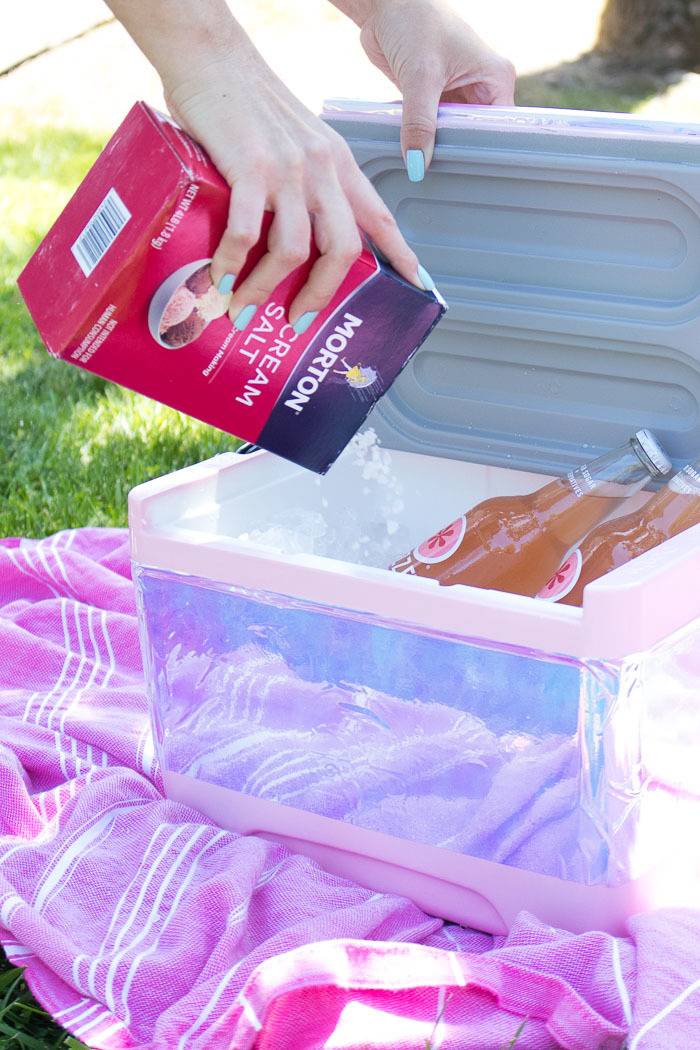
1. Add Rock Salt to your Ice Chest
You can either add rock salt to a cooler full of ice, or you can actually make ice by freezing salt water. Either can help reduce the freezing point so that the ice lasts longer.
However, this will only help if you follow a few other tips as well.
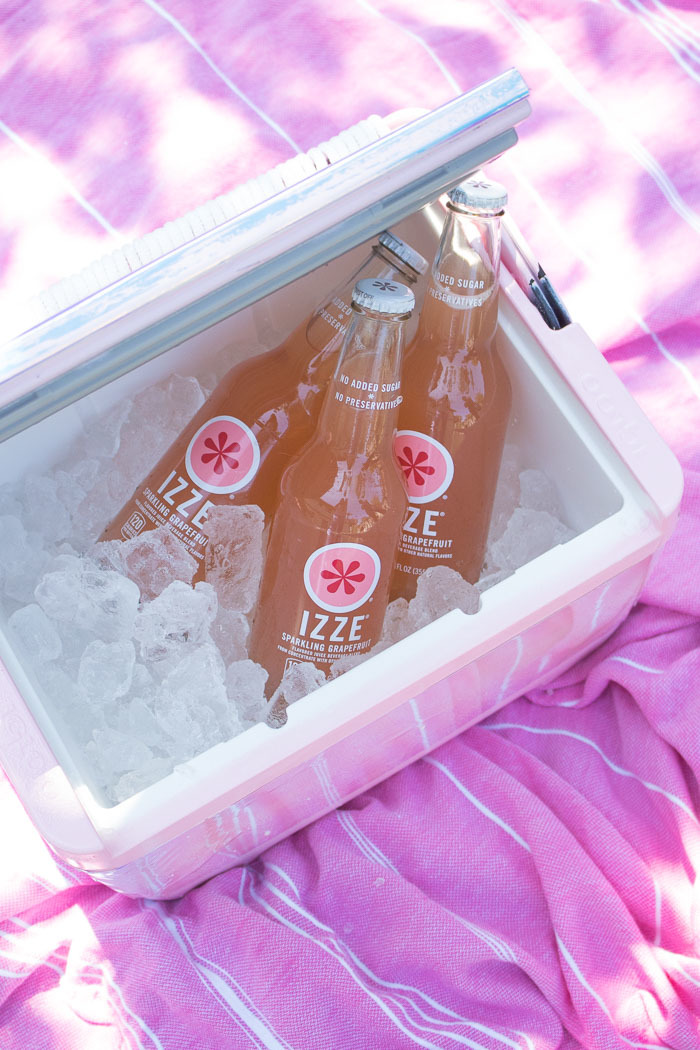
2. Maintain Ice and Water Levels
Don’t drain your cooler as the ice melts! Keeping the cold water inside the cooler means that air won’t get between the remaining ice, reducing melting.
If possible, add more ice halfway through the day.
3. Bury your Ice Chest or Raise It
Avoid having the bottom of your cooler directly on hot ground if you can.
Raise it to encourage airflow underneath or bury it into the sand at the beach (where it’s cooler) to avoid direct sunlight and being surrounded by hot air.
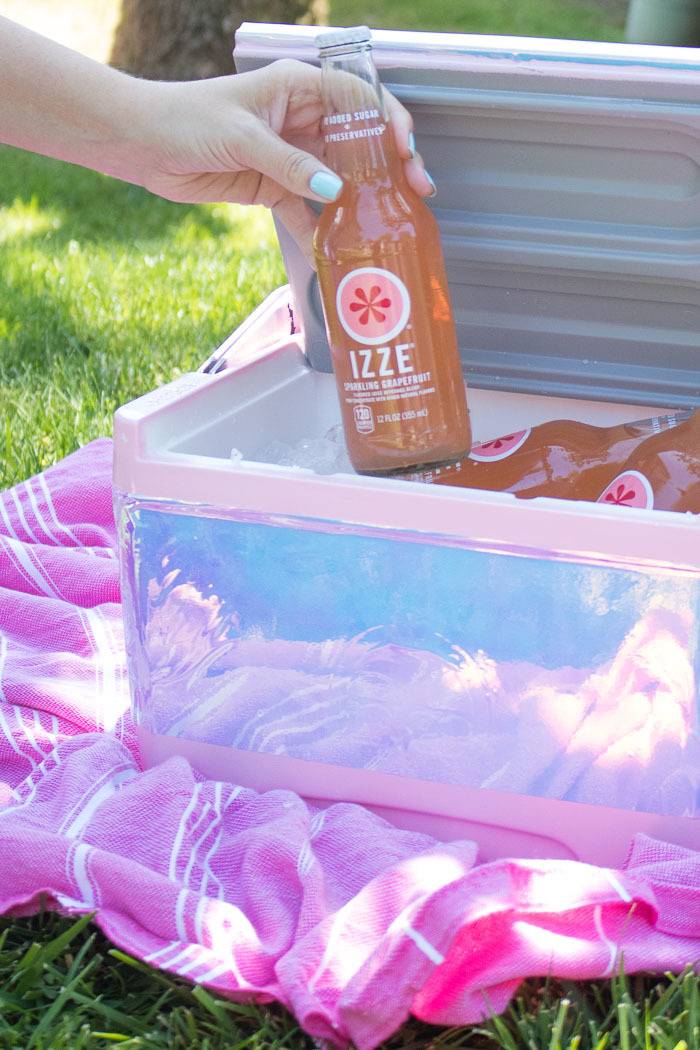
4. Choose the Right Ice Chest
Not all ice chests are created equal, and selecting the right type of cooler can make a significant difference in ice retention.
Look for a high-quality cooler with thick insulation and a sturdy construction. Opt for models that feature tight seals and latches to prevent warm air from entering and cold air from escaping.
Investing in a well-insulated ice chest sets the stage for the following tips to work even better.
We have some great suggestions down below!
5. Pre-Chill the Ice Chest
Before loading up your ice chest, give it a head start by pre-chilling it. Place a few bags of ice inside the cooler a couple of hours before you plan to use it.
This step lowers the internal temperature of the cooler, enabling it to retain coldness more efficiently once you add the perishable items and fresh ice.
6. Consider Using Block Ice Instead of Cubes
While ice cubes are convenient for some occasions, when it comes to extended ice retention, block ice reigns supreme.
Block ice takes longer to melt compared to small ice cubes due to its larger mass. It gradually releases coldness and helps maintain a consistent temperature inside the ice chest.
You can make block ice at home using plastic containers or purchase it from the store. Consider supplementing your regular ice cubes with a few blocks to significantly extend the life of your ice.
7. Layer Ice and Items Strategically
The way you pack your ice chest can impact how long the ice lasts. Start by placing a layer of block ice or a thicker layer of ice cubes at the bottom.
This acts as a solid foundation for the rest of the items. Then, layer your perishable food, beverages, and other items on top.
Make sure to distribute them evenly to promote better cold air circulation. Lastly, cover everything with a final layer of ice to seal in the coolness.
This stacking technique helps insulate the contents, maintaining a lower temperature and reducing ice melt.
8. Minimize Air Gaps
Air gaps within the ice chest accelerate the melting process, as warm air has space to circulate and melt the ice faster.
To minimize these gaps, fill any empty spaces in your cooler with additional ice packs or crumpled newspaper. The less room for air, the better the insulation and ice retention.
9. Limit Opening the Ice Chest
Every time you open your ice chest, warm air enters and cold air escapes. Frequent opening can significantly reduce the lifespan of your ice.
Minimize the number of times you open the ice chest by planning ahead and retrieving everything you need in one go.
This way, you can enjoy chilled items while preserving the coldness inside for longer periods.
If you combine these tricks, your ice will (hopefully) last all day or for the length of your event. Remember, the quality of your ice chest also makes a difference!
The more insulated and high-end the cooler, the better it will cool your food and drinks, so don’t skimp if you really need something that will last.
You can also help your cause by purchasing a lighter colored ice chest as it will reflect the light rather than absorb it.
Personally, my mini cooler works perfectly for me, and as long as it’s kept in a cool place, my ice lasts more than a full day!
PS, you can find this DIY holographic cooler on my blog!
A Few of Our Favorite Coolers
Here are some of our favorite coolers for every outing, budget, and style! From heavy duty camping coolers to fun beach day cooler, there’s something for everyone!
 Buy Now →
Buy Now →  Buy Now →
Buy Now →  Buy Now →
Buy Now →  Buy Now →
Buy Now →  Buy Now →
Buy Now →  Buy Now →
Buy Now → 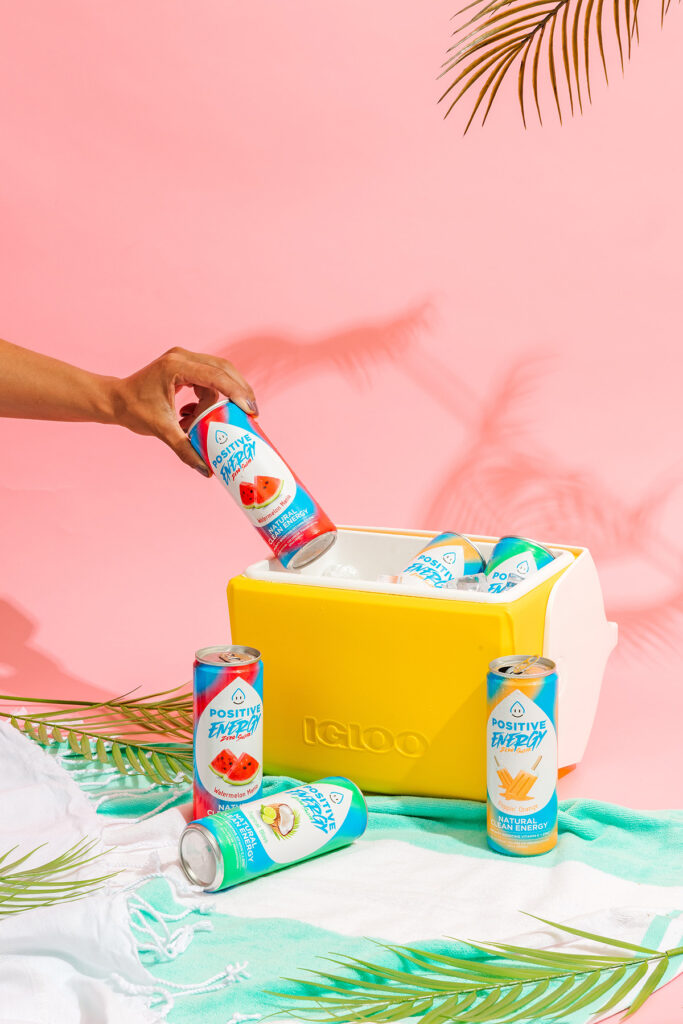


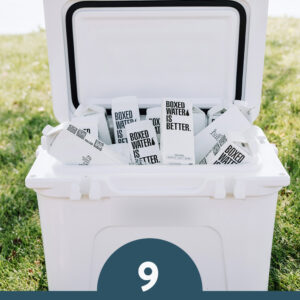

How *much* longer does the ice in the chest last if you add salt? And how much salt? Does it matter if you use table salt instead of rock salt?
How *much* longer does the ice in the chest last if you add salt? And how much salt? Does it matter if you use table salt instead of rock salt?
A physics site says it makes it melt faster. “Heat travels from hot stuff to cold stuff, and the greater the temperature difference, the faster the heat transfer will be. If the ice has salt on it, it will melt at a lower temperature, and will be colder than ice melting without salt on it. Heat will then travel faster from the warm air to the colder ice than to the warmer ice.”
Hey thanks for the tips. Im roughing it in a camper after my house burned down. Ive been putting frozen milk jugs of ice in the frig to make an ‘ice box’. Tried using regular salt which backfired.
Thinking I will fill the jugs with rock salt then freeze. Thanks for your hint.
Pls let us know what was the backfire w regular salt? I just put a few pieces of rock pink Himalayan in some bottles to freeze for an actual project..
Pls do tell.
Should I empty them?⚓⛄🙏☺️.?
god thank you for this information